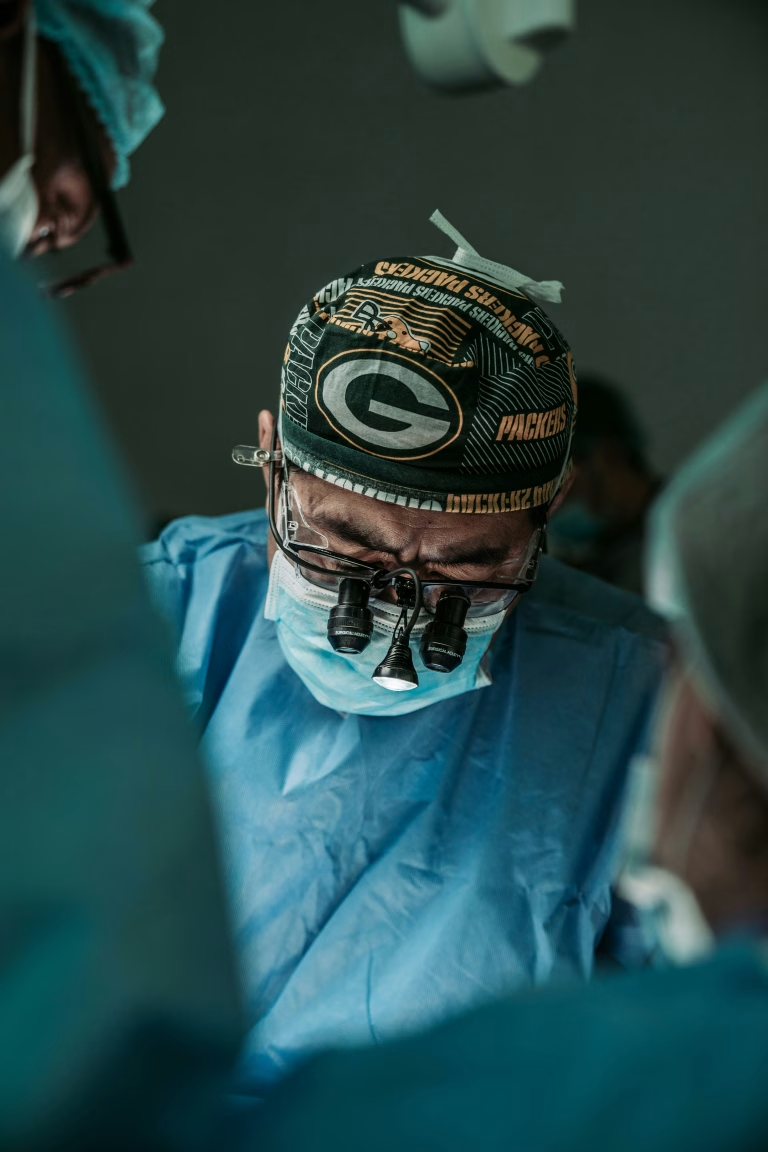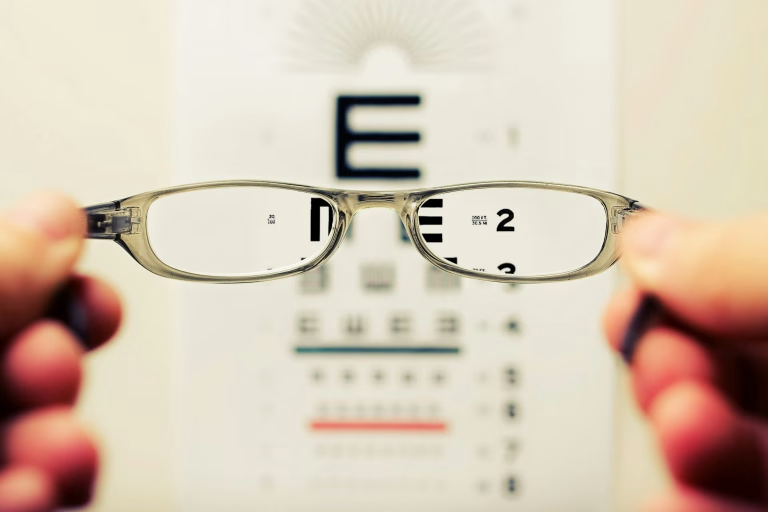Glaucoma: The Silent Thief of Sight
Understanding, Preventing, and Managing This Common Cause of Vision Loss
Glaucoma is one of the leading causes of irreversible blindness worldwide. Yet, many people don’t realize they have it until it’s too late. Often called the “silent thief of sight,” glaucoma develops slowly, without pain or noticeable symptoms in its early stages. The good news is that with early detection and proper treatment, vision loss from glaucoma can often be prevented.
At Advanced Eye Care Center, we’re dedicated to helping our patients protect their vision through comprehensive eye exams, advanced diagnostic technology, and personalized glaucoma management.
What Is Glaucoma?
Glaucoma refers to a group of eye conditions that damage the optic nerve—the part of your eye responsible for transmitting visual information to your brain. This damage is most commonly caused by elevated intraocular pressure (IOP), or pressure inside the eye, but glaucoma can also occur with normal eye pressure.
There are two main types of glaucoma:
- Open-Angle Glaucoma:
This is the most common form, accounting for about 90% of all glaucoma cases. It occurs when the eye’s drainage canals become clogged over time, causing fluid buildup and increased eye pressure. The process is gradual and painless, which is why many people don’t realize they have it until peripheral vision is affected. - Angle-Closure Glaucoma:
This type is less common but more urgent. It happens when the iris blocks the drainage angle in the eye, causing a sudden rise in eye pressure. Symptoms can include severe eye pain, blurred vision, halos around lights, and nausea. Angle-closure glaucoma is a medical emergency—if you experience these symptoms, seek immediate care.
Who Is at Risk for Glaucoma?
Anyone can develop glaucoma, but some people are at higher risk. Risk factors include:
- Age 60 or older (risk increases with age)
- Family history of glaucoma
- African American, Hispanic, or Asian descent
- Diabetes or high blood pressure
- Severe nearsightedness or farsightedness
- Previous eye injuries or surgeries
- Long-term use of steroid medications
Since glaucoma often has no early warning signs, people with any of these risk factors should have regular comprehensive eye exams—ideally every 1–2 years, or more frequently if recommended by their eye doctor.
Why Glaucoma Is Called the “Silent Thief of Sight”
Glaucoma typically begins by affecting peripheral (side) vision first. Because the brain naturally compensates for vision loss in one eye or the edges of your sight, you may not notice any changes until the disease has progressed significantly.
By the time central vision is affected, permanent optic nerve damage may already have occurred. This is why routine eye exams that include intraocular pressure measurement and optic nerve imaging are essential for early detection.
How Glaucoma Is Diagnosed
At Advanced Eye Care Center, we use several advanced diagnostic tests to identify glaucoma in its earliest stages:
- Tonometry: Measures the pressure inside your eye.
- Ophthalmoscopy: Examines the optic nerve for signs of damage.
- Visual Field Test: Detects blind spots in your peripheral vision.
- Optical Coherence Tomography (OCT): Provides detailed imaging of the optic nerve and retinal layers.
- Gonioscopy: Allows your doctor to inspect the drainage angle of your eye.
These tests are quick, painless, and provide a complete picture of your eye health.
Treatment Options for Glaucoma
While glaucoma cannot be cured, treatment can slow or prevent vision loss by lowering eye pressure. Treatment options vary based on the type and severity of glaucoma.
1. Prescription Eye Drops
Eye drops are usually the first line of treatment. They help lower eye pressure by either reducing fluid production or improving fluid drainage.
Common types include:
- Prostaglandin analogs
- Beta blockers
- Alpha agonists
- Carbonic anhydrase inhibitors
It’s important to use your eye drops exactly as prescribed, as missing doses can lead to a rise in pressure and further optic nerve damage.
2. Laser Therapy
For patients whose glaucoma is not well controlled with drops, laser treatment can be an effective next step.
- Selective Laser Trabeculoplasty (SLT): Improves fluid drainage in open-angle glaucoma.
- Laser Peripheral Iridotomy (LPI): Creates a small opening in the iris to relieve pressure in angle-closure glaucoma.
Laser procedures are minimally invasive, performed in-office, and typically require no downtime.
3. Minimally Invasive Glaucoma Surgery (MIGS)
Newer surgical techniques, known as MIGS, have revolutionized glaucoma treatment. These procedures lower eye pressure with less risk and faster recovery than traditional surgery.
Examples include:
- iStent or Hydrus Microstent implants
- Trabecular bypass procedures
- iDose® TR — a sustained-release implant that delivers medication directly inside the eye over several months, reducing the need for daily drops.
4. Traditional Glaucoma Surgery
In advanced cases, procedures such as trabeculectomy or tube shunt implantation may be necessary to create new drainage pathways and maintain safe eye pressure.
Living with Glaucoma
Being diagnosed with glaucoma can be stressful, but most patients can maintain good vision and quality of life with proper management. Here are some key tips for living with glaucoma:
- Take medications exactly as prescribed. Consistency is crucial.
- Keep all follow-up appointments. Your doctor needs to monitor your pressure and optic nerve health.
- Maintain a healthy lifestyle. Exercise regularly, eat a balanced diet rich in leafy greens and omega-3s, and avoid smoking.
- Protect your eyes. Wear sunglasses with UV protection and safety glasses when needed.
- Inform your family members. Glaucoma often runs in families, so encourage loved ones to get screened.
The Importance of Regular Eye Exams
Even if you feel your vision is fine, glaucoma can be silently progressing. The only way to catch it early is through a comprehensive eye exam performed by an optometrist or ophthalmologist.
At Advanced Eye Care Center, we use the latest imaging technology and individualized treatment plans to safeguard your vision. Early detection truly makes the difference between preserved sight and permanent loss.
Protect Your Vision Today
If it’s been more than a year since your last eye exam—or if you have risk factors for glaucoma—schedule an appointment with Advanced Eye Care Center today.
Our experienced doctors will evaluate your eye health, check for signs of glaucoma, and discuss the best treatment plan for your needs.







